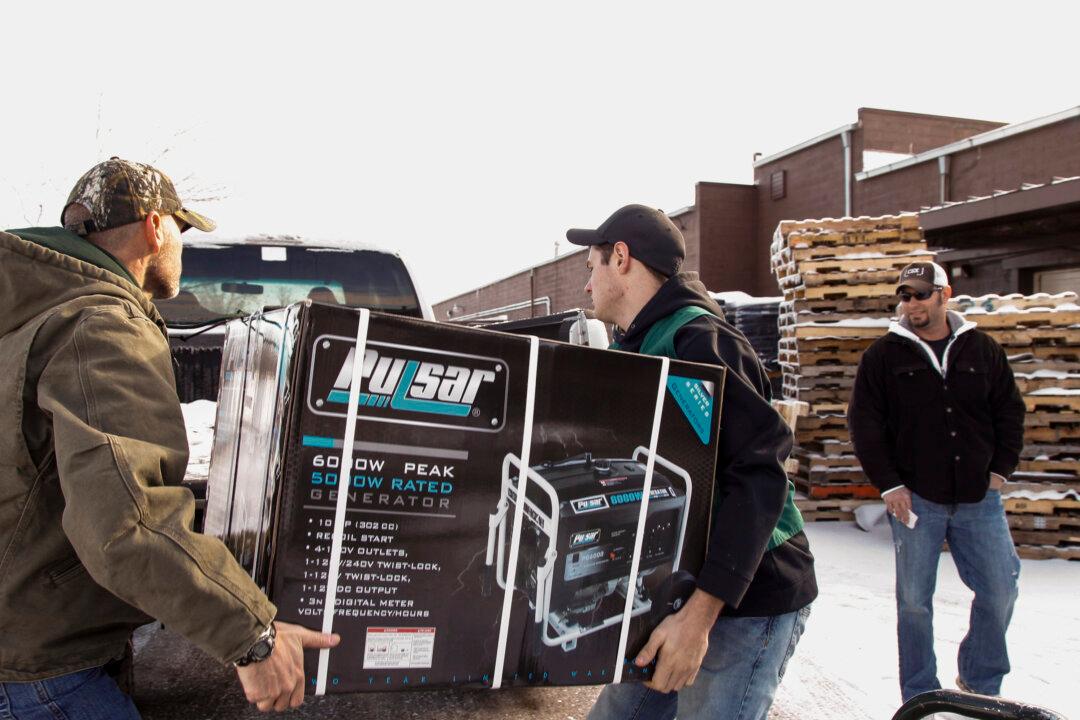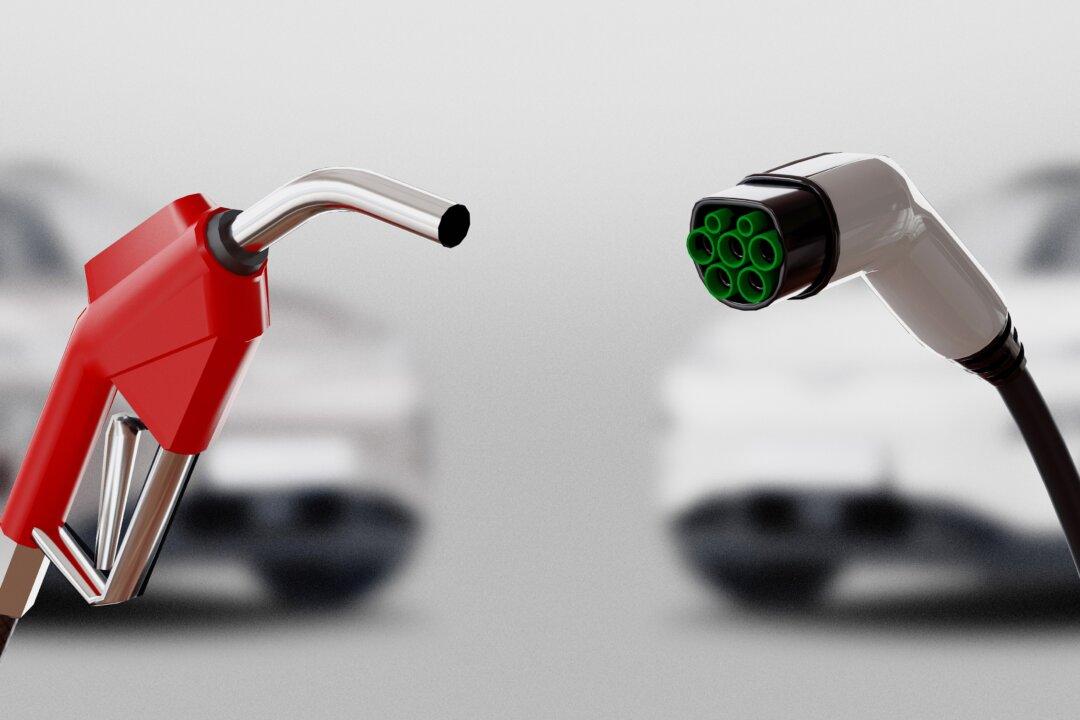Across the United States, power grid operators report concerns about maintaining the electrical power for the millions of customers who depend on that power. There can be times when the demand is greater than the available output.
In some areas, the grids are being converted to systems that get their power from cleaner energy sources. Whether it is from demand or from a concerted effort to create a safer and cleaner system, occasional blackouts may happen, especially in the warmer summer months.






